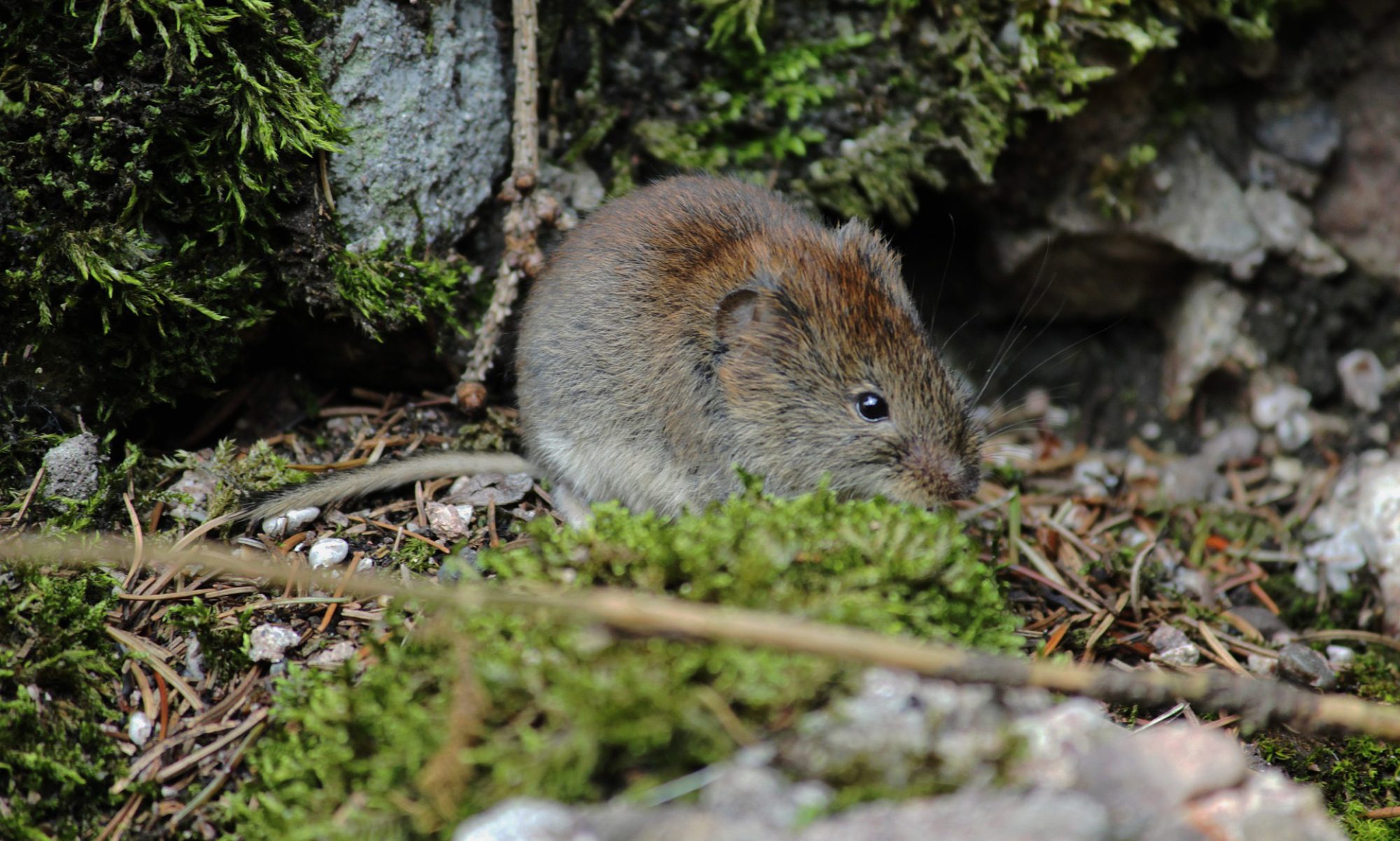The Greater Mouse-eared Bat is the largest British bat species with broad wings, a body length of up to 8cm and over 30g in weight. They are sandy above with a contrasting white belly, a pink face and large mouse-like ears.
It has a different hunting strategy to other UK bats, flying low over the ground to feed on grasshoppers, crickets and beetles. Often, it will drop on to the ground, wings outstretched over its prey.
Widespread in Europe it was first recorded in Britain in the late 1950s when a colony was found in Dorset. Unfortunately this discovery led to much disturbance, several bats were taken from hibernation slumber to TV and photography studios before being returned weeks later. It is unlikely these bats survived the experience; those that were left in the caves fared little better with specimens even being taken for collections. Unsurprisingly it was rarely reported again in Dorset, the colony being wiped out almost as soon as it was found.
However a second colony and hibernation site was uncovered in Sussex in the late 1960s, this site remained a closely guarded secret and the bats returned each winter. Despite searching, no other roosts were found but as Greater Mouse-eared Bat have been recorded moving up to 300km between hibernation and breeding sites, it was a large, possibly even multinational, search area.
Numbers were always low but their disappearance came as a surprise, suddenly, in 1985 no females returned. It is likely the undiscovered maternity roost had been lost, perhaps through development, refurbishment or fire. A few lone males returned, but the last failed to return in 1991. Greater Mouse-eared Bat was declared extinct in Britain in 1992, the first mammalian extinction in the UK since the wolf!
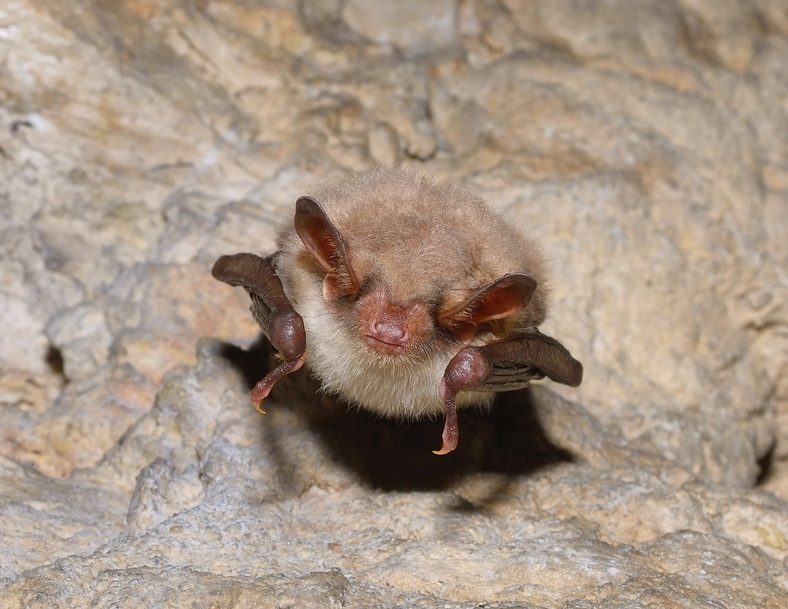
Photo 47682534 © Adrian Ciurea – Dreamstime.com 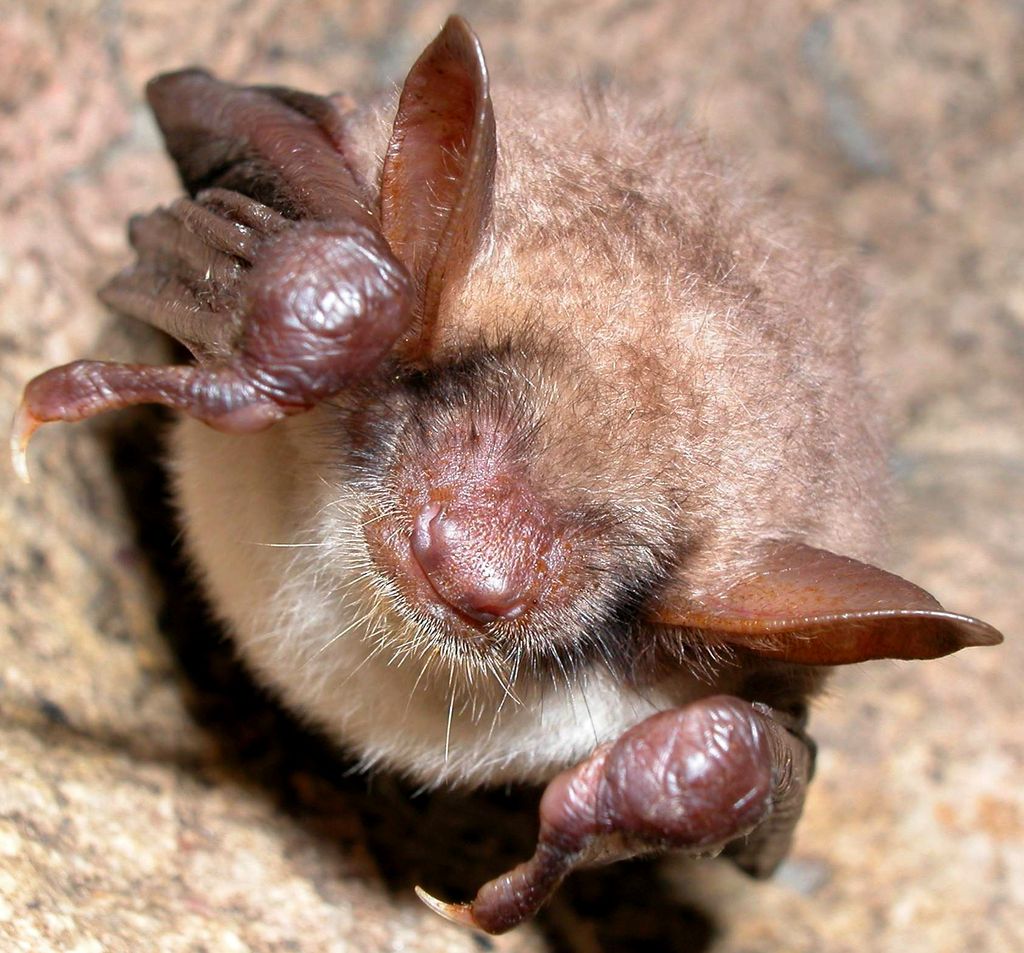
Author: Kovács Richárd 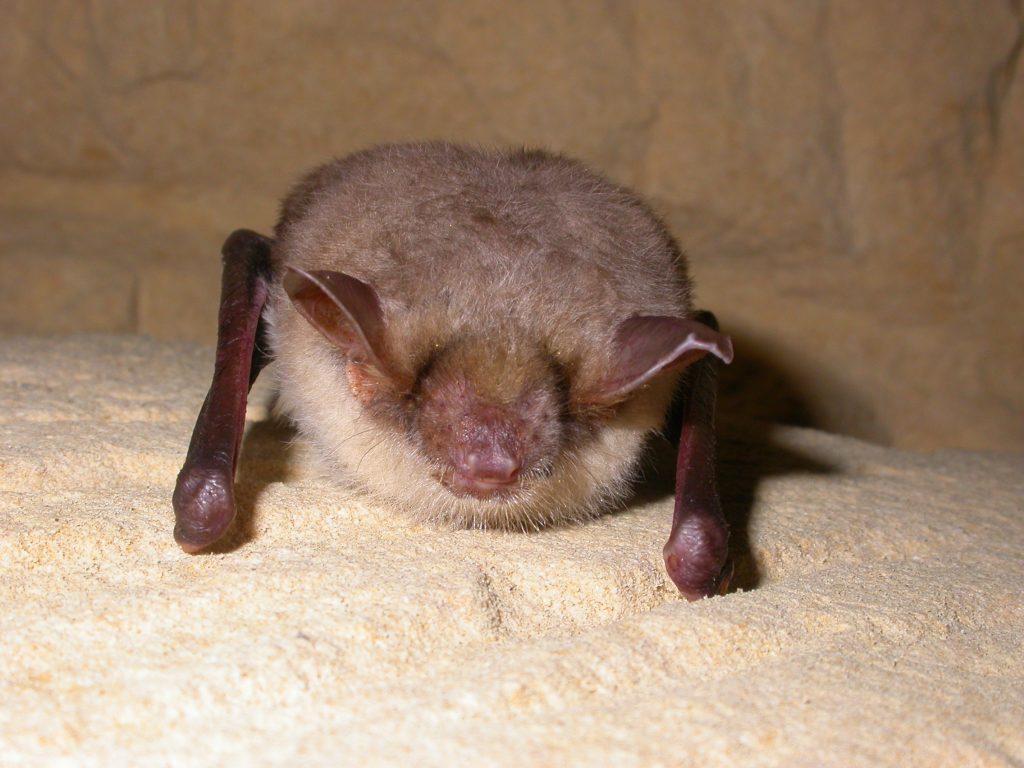
Author: Creator: San Martin Gilles
However the story doesn’t end there; in January 2001 a moribund female was found near the roost site, presumably succumbing after being disturbed whilst hibernating. Maybe the Great Mouse-eared Bat remained a British species after all.
This hypothesis was further reinforced by the discovery of a juvenile male in late 2002 in the tunnel where the bats had been found in the 1960s. It was a young male, born that spring…
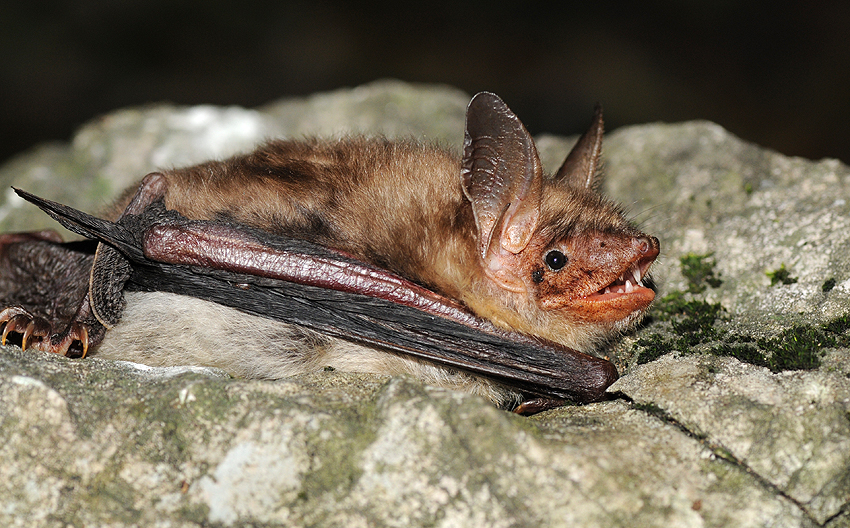
Despite these positive developments the trail then went cold, the male returned each winter but no others arrived, with some Greater Mouse-eared Bats living 35 years this lonely vigil may continue for a while yet.
The future of the species in Britain is the future of this one ageing individual. It seems this lone male really is the last of its kind.
